Irish National Stud and Gardens
See some of the world's greatest racing horses at this idyllic thoroughbred breeding facility and garden complex.
Horse racing can be a very polarizing sport, but the extraordinary specimens living at the Irish National Stud are the best of the breed.
In the year 1900, Colonel William Hall Walker purchased a modest farm and the abutting land, and began breeding quality horses. The farm achieved outstanding early success in 1909, when the stallion Minoru achieved notoriety as the victor of the Epsom Derby. Singled out by Hall Walker as his favorite colt bred on the farm, Minoru had been leased for his racing career to King Edward VII, making him the first reigning British monarch to win the prestigious race. In 1915, Hall Walker gave the farm, and everything in it, over to the government, and the National Stud was born.
Today, in addition to producing top-notch champion racers, the farm offers a rare opportunity to view some of the strongest and most graceful stallions, heroes of the track, enjoying a grand retirement. The magnificent legends, with names like Dragon Pulse and Invincible Spirit, live lives of luxury here and may be witnessed at close range while simply grazing in a paddock and swatting files with their tails.
These handsome thoroughbreds, while kept separate in their own spacious enclosures, share the farm with many gorgeous mares who watch nervously while their precocious foals approach visitors in search of attention. Yearlings of the finest pedigree may be spotted galloping in grassy pastures, their famous sires relaxing nearby.
In addition to the beauty of the animals, natural enchantment is also provided by two separate gardens on site. The Japanese Gardens sits quietly in a corner on the grounds of the National Stud. Its beauty was handcrafted by forty Irish gardeners under the insightful eye of Tassa Eida, a master horticulturist who relocated his family from Japan to craft the enchanted oasis. Hall Walker had a ship of indigenous Japanese flora and adornments imported to Ireland for the task. It took four years to complete, between 1906 and 1910, and centers on a winding path representing the journey of life, inviting a visitor to seek meaning or at least peace within their own.
Eida’s son is credited as having helped extensively in the creation of the gardens, and the champion horse Minoru bears his name.
While the Japanese Gardens represent the beauty of the far east, St. Fiachra’s Garden draws from the nature and culture of Ireland’s homeland. Designed to pay homage to the monastic movement of the Middle Ages, this garden provides a peek into the past, complete with a replica of a monk’s hermitage. The lush landscape also includes woodlands, wetlands, and waterfalls, and is a commemoration of the purity of the countryside.
A more modern and bizarre feature of St. Fiachra’s Garden is hiding within the replica ruin. On the floor is a window into a tiny, underground garden, resplendent with stones, orchids, and ferns specially crafted by Waterford Crystals.
St. Fiachra was the patron saint of gardeners, and there is a statue here memorializing him.
Also found on the property is a 13th century Black Abbey with an adjacent cemetery, and a horse museum which holds a complete skeleton of Arkle, an infamous Irish racehorse.


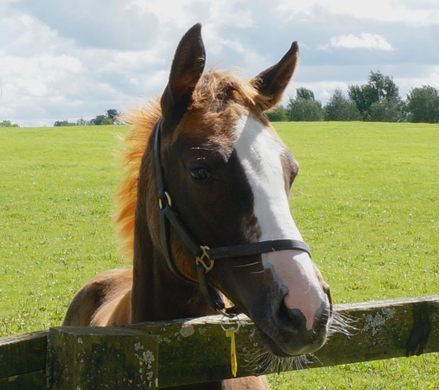
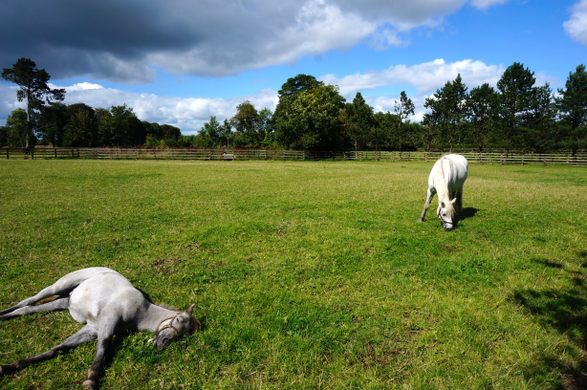


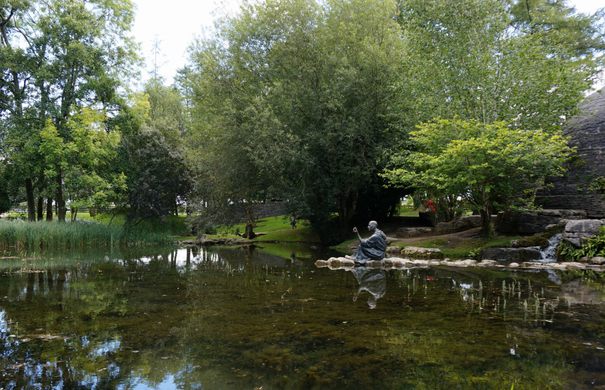
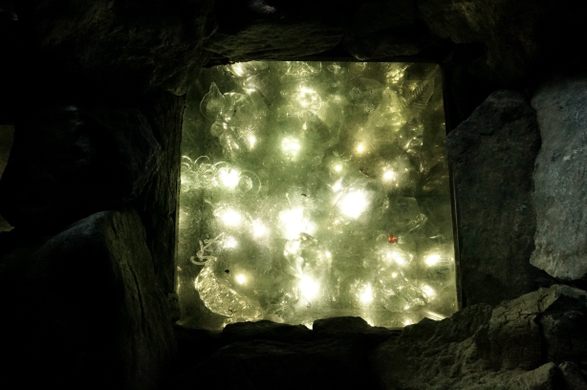








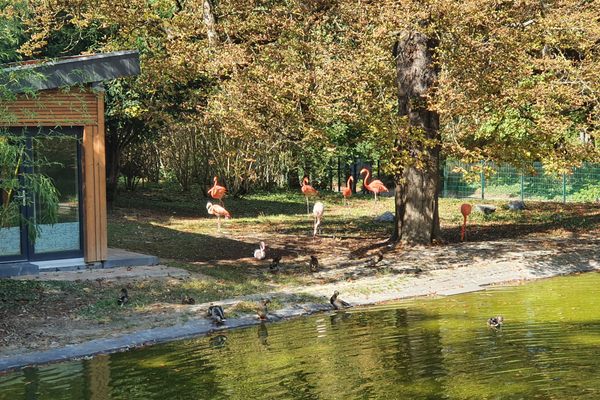

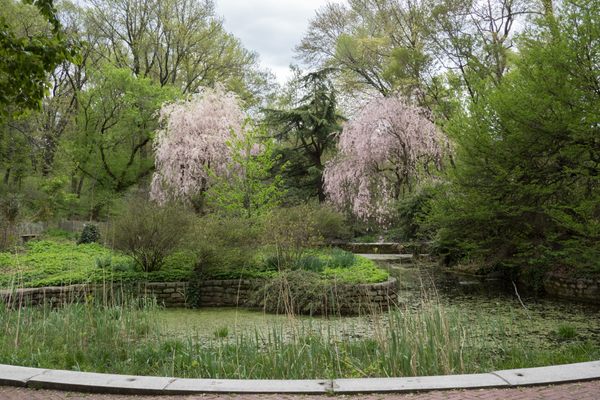




Follow us on Twitter to get the latest on the world's hidden wonders.
Like us on Facebook to get the latest on the world's hidden wonders.
Follow us on Twitter Like us on Facebook